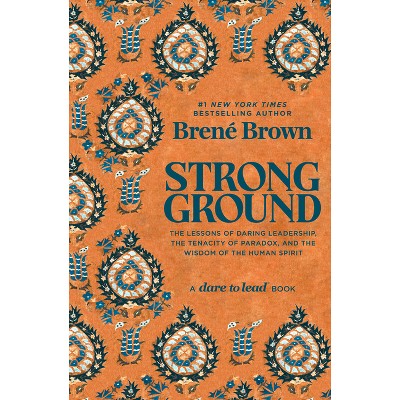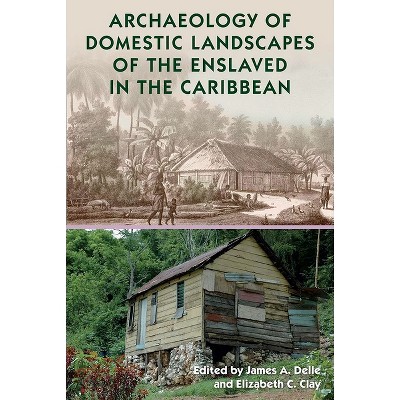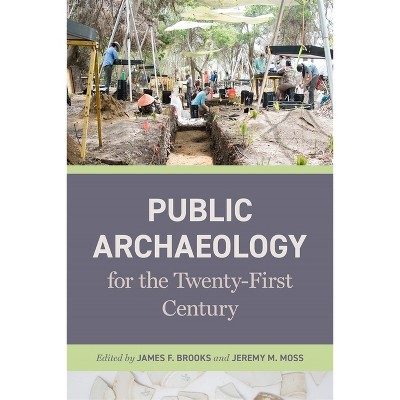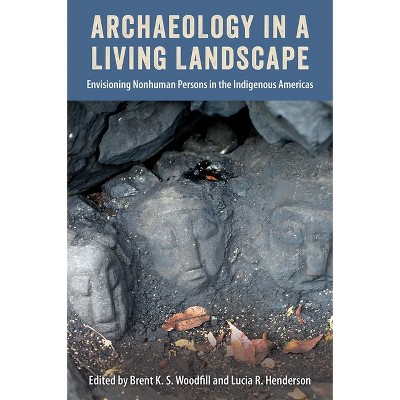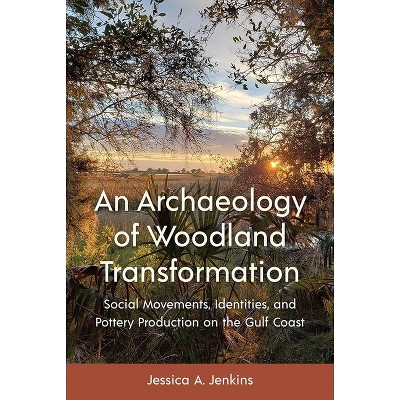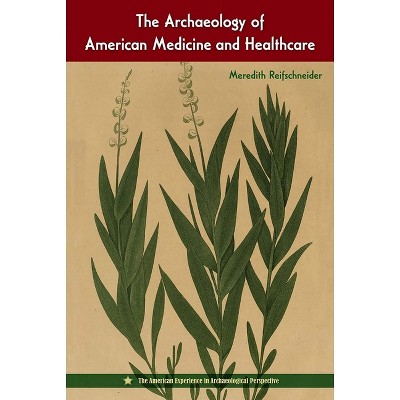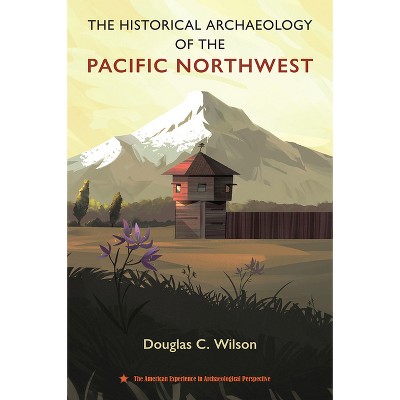Sponsored

The Scioto Hopewell and Their Neighbors - (Interdisciplinary Contributions to Archaeology) by Daniel Troy Case & Christopher Carr (Hardcover)
In Stock
Sponsored
About this item
Highlights
- Investing in the future of Hopewell archae- adetailedagendaofpressingempiricalissues ology is the spirit in which this book has andintriguinginterpretivequestionsthatremain beenwrittenandisitssubstance.
- About the Author: Christopher Carr is an archaeologist with primary interest in the prehistory of eastern North America, especially the social organizations, rituals and belief systems of tribal peoples of the Midwest from about 1000 B.C. to Contact.
- 774 Pages
- Social Science, Archaeology
- Series Name: Interdisciplinary Contributions to Archaeology
Description
About the Book
Bioarchaeological Documentation and Cultural UnderstandingBook Synopsis
Investing in the future of Hopewell archae- adetailedagendaofpressingempiricalissues ology is the spirit in which this book has andintriguinginterpretivequestionsthatremain beenwrittenandisitssubstance. Ourpassion to be addressed in the attempt to understand to do so derives from our admiration of Hopewellpeoples. Hopewell peoples, themselves, and all they The first half of the book provides a achieved. Hopewell peoples of the Scioto synthesisandexpansionofcurrentknowledge valley and their neighbors were remarkable about the anthropology of Scioto Hopewell by any measure. Their graceful and powerful peoples: their natural and symbolically int- artwork, monumentalearthenarchitecture, and preted environments, subsistence, settlement knowledge of geometry and astronomy; their andmobilitypatterns, communityorganization social finesse in choreographing ritual perfor- at several scales, social-political-ritual orga- manceswithmanyhundredsofpersons, local zation, and world view, and the history of and foreign; the long-lasting intercommunity changes of each of these over time. Coming peacetheyachievedthroughtherichandcross- to an understanding of how Scioto Hopewell cuttingsocialandritualtiestheywove;andtheir social-ceremonial life abruptly began and extraordinary sensitivity to and relations with abruptlyended, neitherofwhichweretriggered theanimalpersonsandspiritbeingswithwhom proximally by subsistence or demographic they cohabited-each humble the Western change, isoneofthefruitsbornfromattempting mind. Forus, itseemsonlyrightandworthwhile thebroadsynthesis. Theethnohistorypresented thatanempiricalandconceptualpathbecleared hereismadetangiblewithover195photographs wherebyfuturearchaeologicalworkmighthelp of artistic renderings that Scioto Hopewell Hopewellpeoplestospeakbetterforthemselves peoples made of themselves, of artifacts that oftheirlives, accomplishments, concerns, and marked their social roles and were used in disappointments. theirceremonies, andofviewsoftheirsacred This book shares with you the empirical landscape. toolsandabroadvisionforexploringtheways The reconstruction of Scioto Hopewell of Scioto Hopewell and other Ohio Hopewell life presented in this book is an integration, peoples.From the Back Cover
This book presents, for the first time, a detailed, holistic synthesis of the lifeways, culture, history, and material record of the ceremonially and socially rich Hopewell peoples who lived in the Scioto valley and neighboring areas in Ohio in the first centuries A.D. The Scioto Hopewell built monumental, 80 acre earthworks aligned precisely to astronomical events, masterfully worked glistening metals and semiprecious stones into elegant designs, and honored their dead with these vocal artifacts in community burial houses two-thirds the size of a football field. The Scioto Hopewell's intricate social order and religious concepts of alliance afforded them three centuries of intercommunity peace. The first half of the work, written in the vein of classic ethnographies that focus on a local group in context, thickly describes the local, natural and symbolic environmental setting, subsistence and settlement pattern, community and sociopolitical organization, ceremonial organization, intercommunity dynamics, and world views of Scioto Hopewell peoples. By taking an encompassing and historical view of Scioto Hopewell life, both its origins and ending are revealed. These detailed cultural and historical reconstructions are strongly anchored empirically in the second half of the book. The data bases document the archaeological and human remains from all 52 Ohio Hopewell ceremonial centers that have been excavated and reported; the intrasite layouts and precise geographic placements of most of these centers as well as the locations of many other, unexplored ones; and the ceremonial functions, meanings, and social role associations of 51 kinds of historic Woodland Native American ceremonial paraphernalia analogous to those used and interred by Ohio Hopewell peoples. The book is also liberally illustrated with photographs and drawings of Scioto Hopewell artwork, ceremonial paraphernalia, sites, and landscapes. The authors share all these data, along with manyinsights about key, future research topics, with the hope that others will use them to continue to pursue the empirically rich, holistic, and humanized understanding of Ohio Hopewell peoples begun in this book.
Review Quotes
From the reviews:
"Future archaeologists will likely look back on this book as marking a major watershed in the study of Ohio's Hopewell people." George Milner, The Pennsylvania State University, University Park, PA
About the Author
Christopher Carr is an archaeologist with primary interest in the prehistory of eastern North America, especially the social organizations, rituals and belief systems of tribal peoples of the Midwest from about 1000 B.C. to Contact. To reconstruct these aspects of their lifeways, he focuses on their mortuary practices and art. His research makes strong use of anthropological theories about the causes of development of tribal and rank social organization from simpler social systems. It also has involved the development of archaeological theory about how mortuary practices and artistic style reflect social and political structures and processes.Shipping details
Return details
Frequently bought together
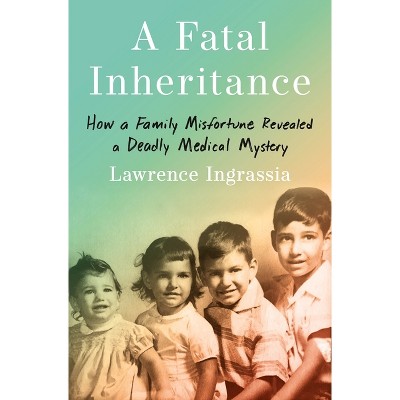
Trending Non-Fiction





